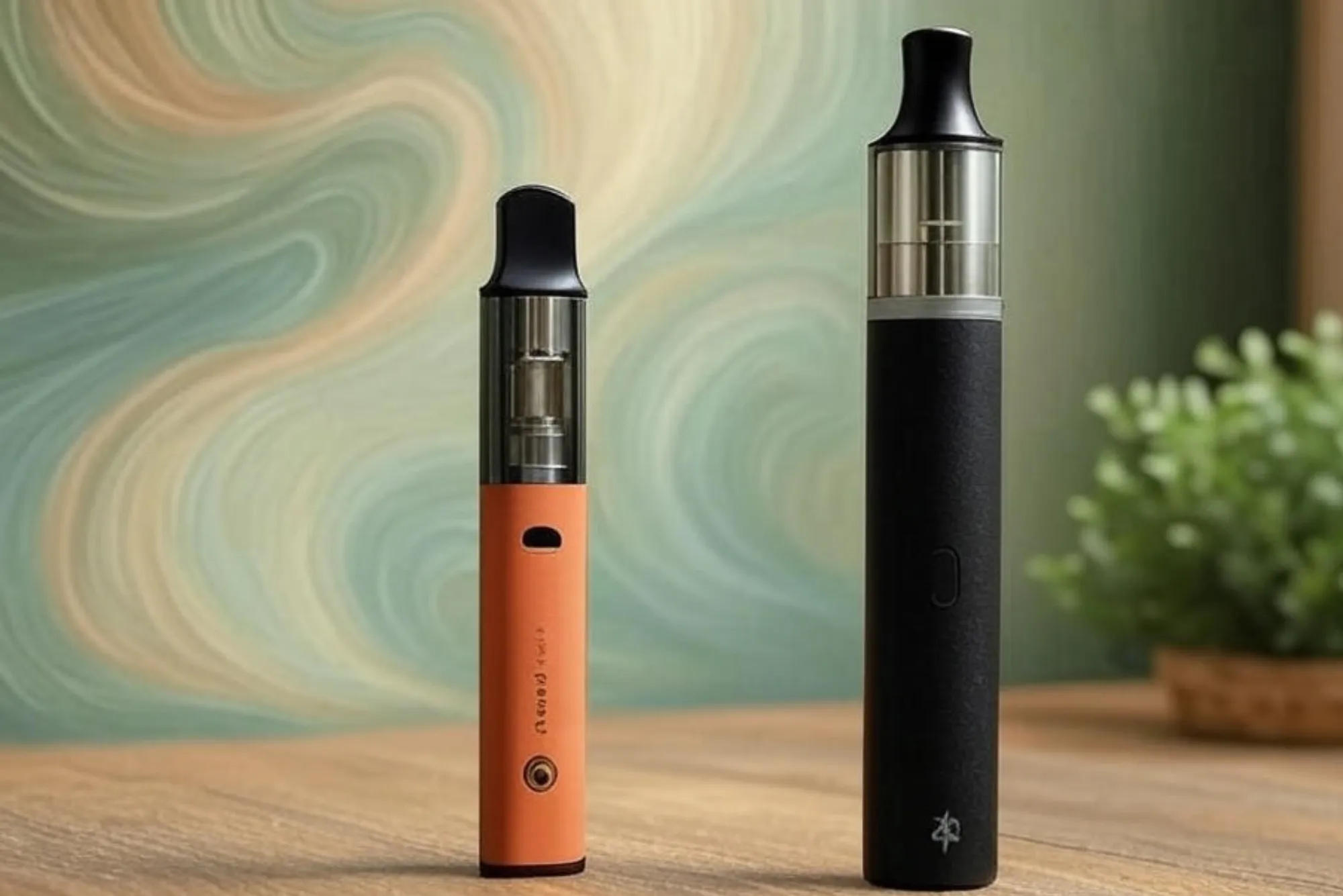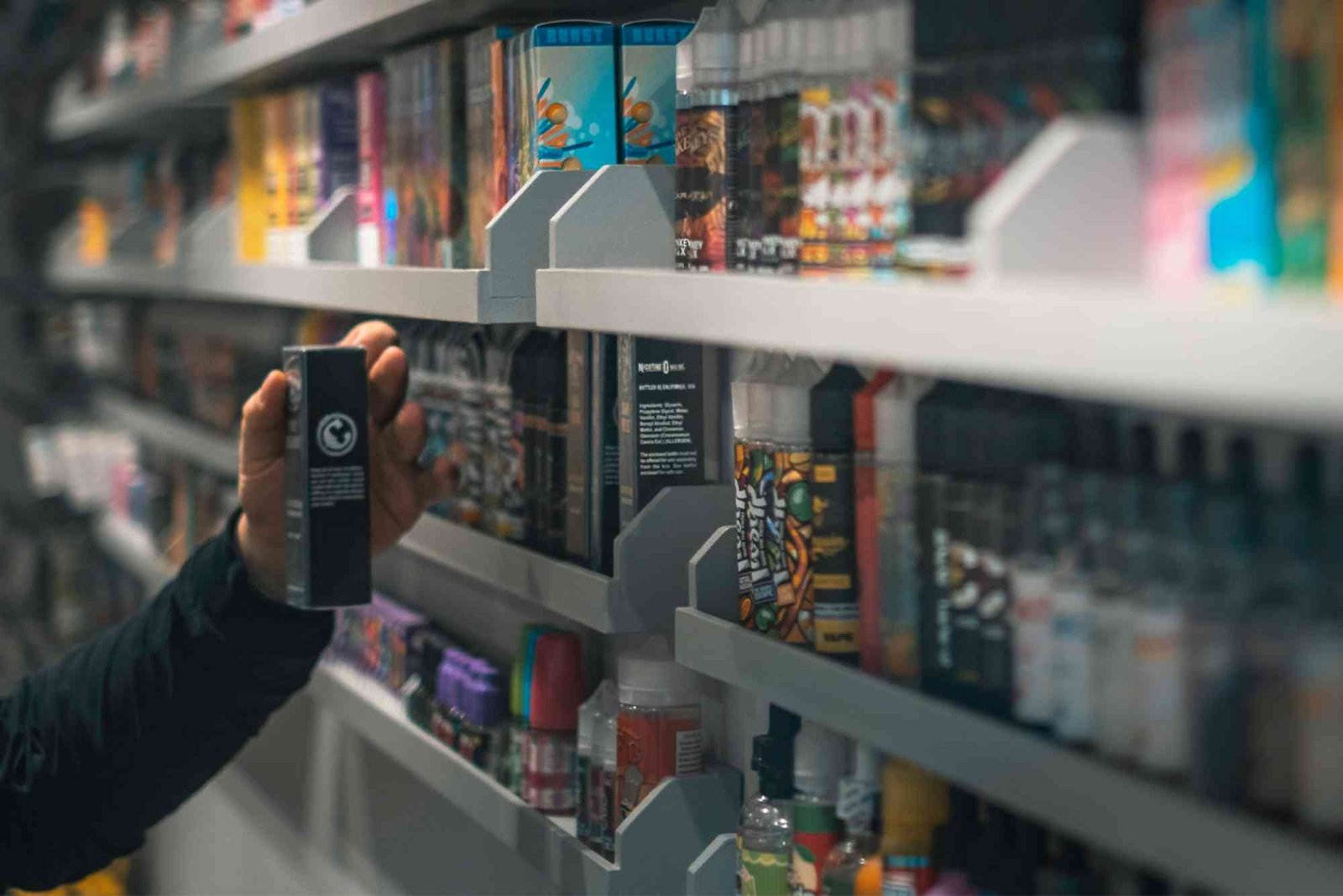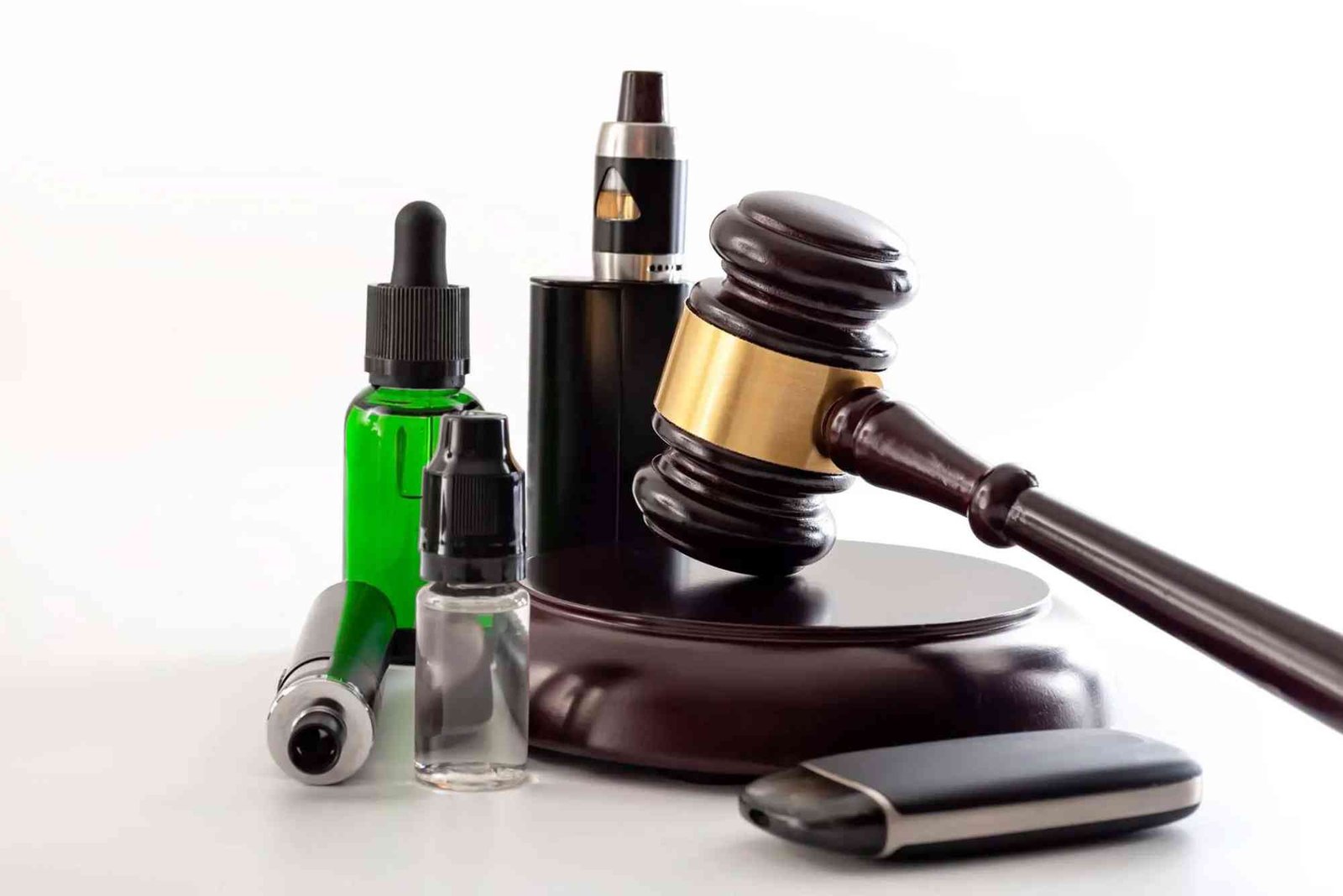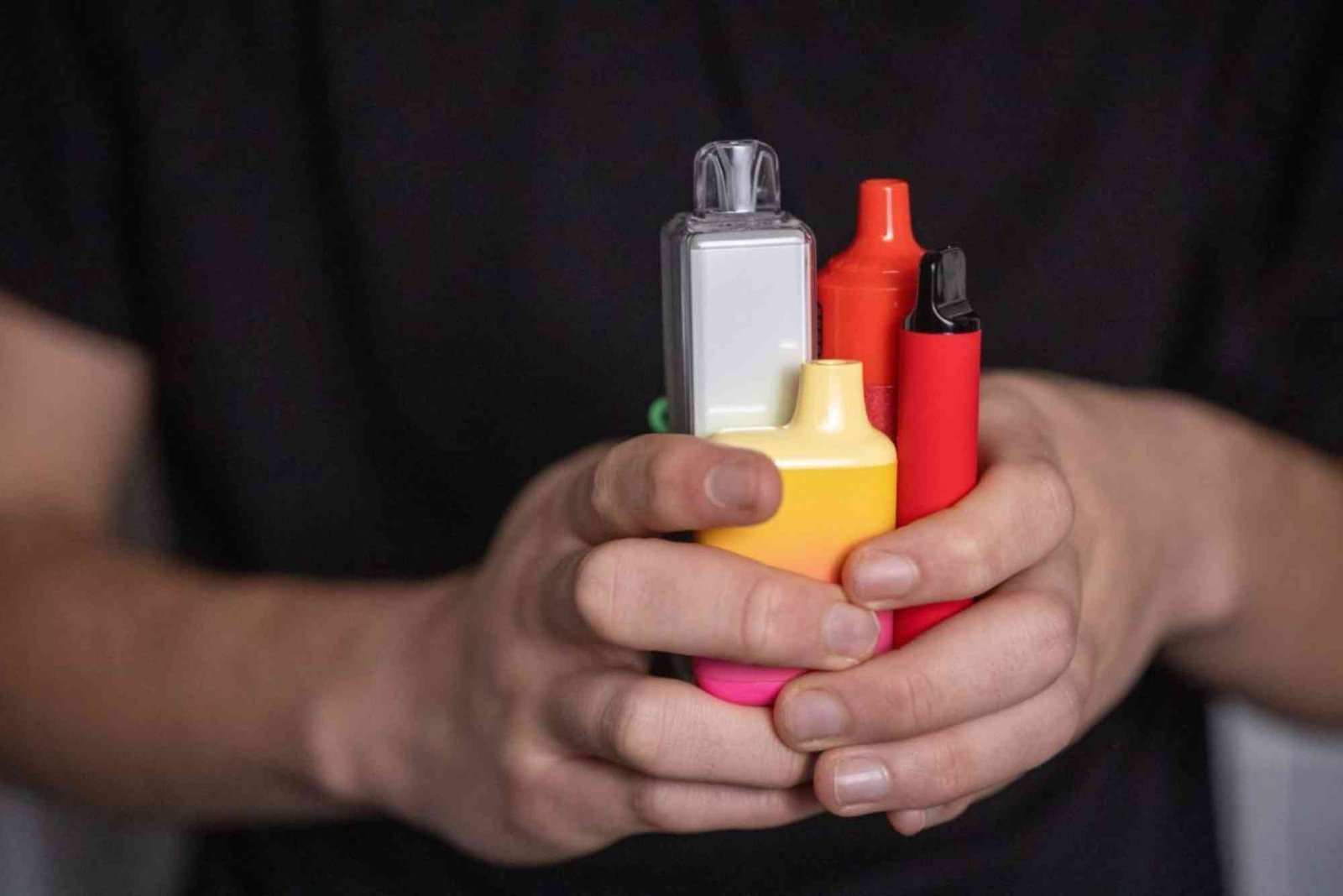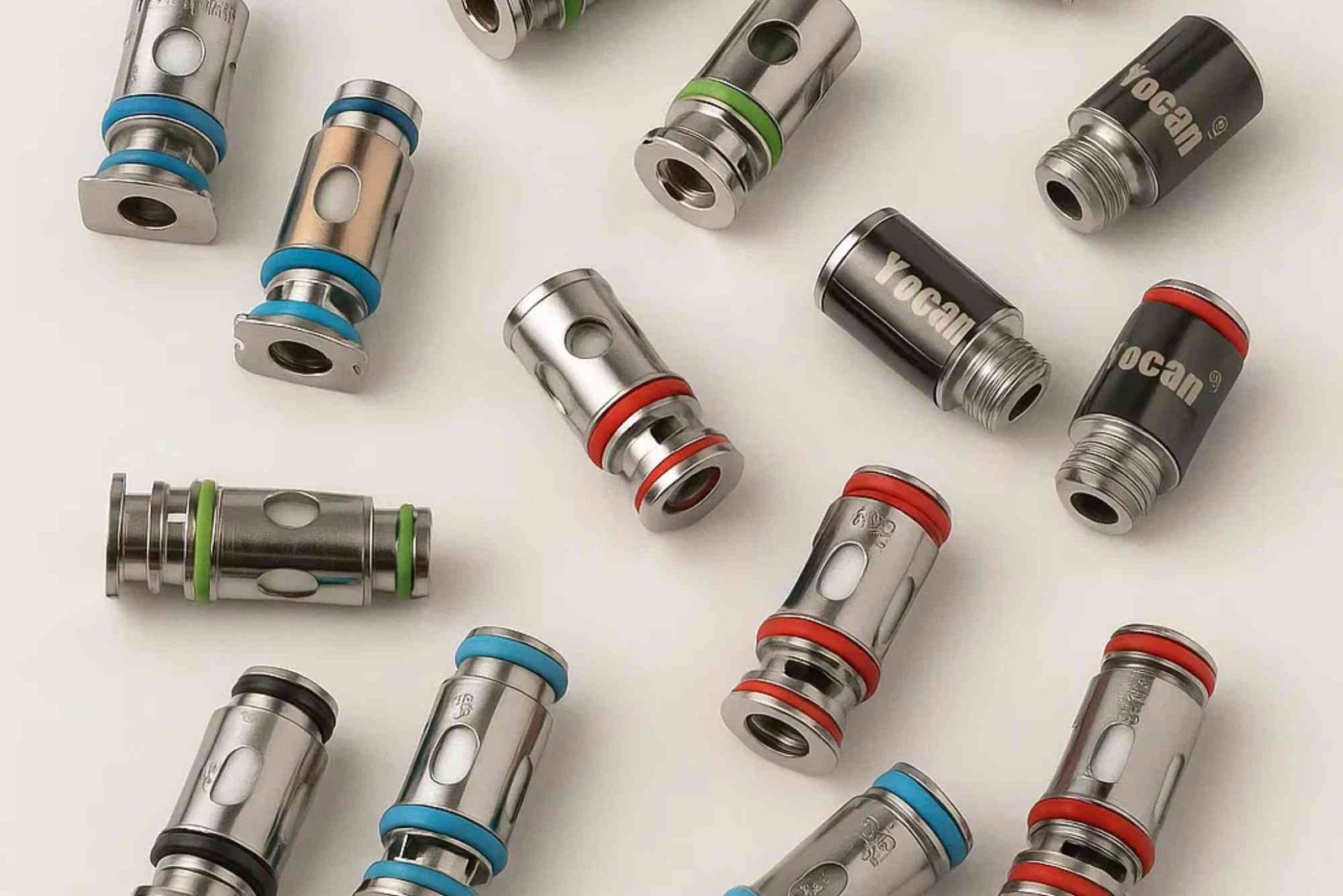Exploring the Different Types of Vape Coils
When you step into the world of vaping, one of the most crucial components you’ll encounter is the vape coil. Vape coils play a significant role in determining your vaping experience. From flavor intensity to vapor production, the type of coil you use can change everything. With so many vape coil types available, it’s easy to feel overwhelmed. This guide will simplify everything you need to know about vape coil types, helping you make an informed choice based on your preferences.
What is a Vape Coil and Why Does it Matter?
A vape coil is a small piece of resistance wire wrapped in a spiral shape, which heats up to vaporize your e-liquid. The coil is surrounded by a wicking material, usually organic cotton, which absorbs the e-liquid. When you activate your device, the coil heats the soaked cotton, producing vapor. The type of coil you choose affects flavor, vapor production, throat hit, and even battery life. That’s why understanding vape coil types is essential for every vaper, whether you’re a beginner or an experienced enthusiast.
Key Factors That Differentiate Vape Coil Types
Before diving into specific coil types, it’s important to understand the factors that differentiate them. The material of the coil wire impacts its heat-up time, resistance level, and flavor profile. Common materials include Kanthal, Stainless Steel, Nickel, and Titanium. Resistance, measured in ohms, determines whether a coil is suited for mouth-to-lung (MTL) or direct-to-lung (DTL) vaping. Low-resistance coils (sub-ohm) produce bigger clouds, while high-resistance coils provide a tighter, cigarette-like draw. Coil configuration, such as single coil, dual coil, mesh coil, or Clapton coil, also affects performance.
Different Types of Vape Coils You Should Know
Kanthal Coils – The Beginner’s Choice
Kanthal coils are among the most popular vape coil types, especially for beginners. They are made from an iron-chromium-aluminum alloy, which is known for its durability and ease of use. Kanthal coils are ideal for wattage mode vaping and provide a warm vapor with decent flavor. They have a slower ramp-up time compared to other materials but are reliable for everyday use.
Stainless Steel Coils – Versatility at Its Best
Stainless Steel (SS) coils are loved for their versatility. They can be used in both wattage and temperature control modes, making them suitable for vapers who like to experiment. Stainless Steel coils heat up quickly, offer a clean and crisp flavor, and have a longer lifespan. They are available in various grades like SS316L, which is commonly used for vaping.
Nickel (Ni200) Coils – For Temperature Control Enthusiasts
Nickel coils, often labeled as Ni200, are designed specifically for temperature control vaping. Nickel has a very low resistance, which allows for precise temperature regulation. However, these coils are not suitable for wattage mode and should only be used with devices that support temperature control. Nickel coils produce smooth vapor but require careful handling as they are soft and can deform easily.
Titanium Coils – Pure Flavor but Handle with Care
Titanium coils are another option for temperature control vaping. They heat up fast and deliver excellent flavor clarity. Titanium is a clean metal that enhances the purity of vapor. However, these coils must be used carefully because overheating them can release harmful substances. Make sure your device has accurate temperature control features if you opt for titanium coils.
Clapton Coils – Enhanced Flavor and Vapor Production
Clapton coils are a popular choice among flavor chasers. They are made by wrapping a thin wire around a thicker core wire, resembling a guitar string. This design increases the coil’s surface area, allowing more e-liquid to be vaporized. The result is richer flavor and denser clouds. Clapton coils are suitable for advanced vapers who don’t mind longer ramp-up times.
Mesh Coils – The Modern Vaper’s Favorite
Mesh coils have gained popularity in recent years for their superior flavor and smooth vapor production. Instead of a traditional wire coil, mesh coils use a thin sheet of metal with multiple holes. This design offers a larger surface area, even heating, and quicker ramp-up time. Mesh coils are ideal for sub-ohm vaping and provide a consistent vaping experience with less risk of dry hits.
Ceramic Coils – Clean Taste and Longer Life
Ceramic coils are known for their longevity and clean taste. They use a ceramic element as the wicking material, which resists heat better than cotton. Ceramic coils are less prone to burning and can handle high wattages without degrading quickly. They offer a smooth vape with less spitback, making them a great choice for flavor-focused vapers.
Sub-Ohm Coils – For Cloud Chasers
Sub-ohm coils have a resistance of less than 1 ohm. These coils are designed for direct-to-lung vaping and produce large vapor clouds. Sub-ohm coils are typically made from Kanthal, Stainless Steel, or mesh materials. They require devices that can handle higher wattages and are best paired with high-VG e-liquids for optimal performance.
High-Resistance Coils – Perfect for Mouth-to-Lung Vaping
High-resistance coils, usually above 1 ohm, are preferred by vapers who enjoy a mouth-to-lung experience similar to smoking traditional cigarettes. These coils use less power, conserve e-liquid, and are ideal for nicotine salts. High-resistance coils are commonly found in pod systems and beginner vape kits.
Choosing the Right Vape Coil Type for Your Style
Selecting the best vape coil depends on your vaping style. If you’re a flavor enthusiast, Clapton or mesh coils will suit you well. For those who prioritize large clouds, sub-ohm mesh coils are the go-to choice. Temperature control vapers should opt for Nickel or Titanium coils, while beginners may find Kanthal coils to be the most user-friendly. It’s also crucial to match your e-liquid to the coil type. High-VG juices pair well with sub-ohm coils, whereas 50/50 blends are better for high-resistance MTL coils.
How Often Should You Change Your Vape Coil?
The lifespan of a vape coil varies depending on usage, e-liquid type, and coil material. On average, a coil lasts between one to two weeks. Signs that it’s time to change your coil include a burnt taste, reduced vapor production, and gurgling sounds. Regular maintenance, such as priming the coil properly and avoiding chain vaping, can extend the life of your coil.
Common Mistakes to Avoid When Using Vape Coils
Many vapers unknowingly make mistakes that shorten the life of their coils. One of the most common errors is not priming the coil before use. Always let your e-liquid soak into the coil for a few minutes before vaping. Using the wrong wattage settings can also burn out your coil quickly. Ensure you’re vaping within the recommended wattage range specified by the manufacturer. Lastly, avoid using overly sweet or dark-colored e-liquids, as they tend to gunk up coils faster.
Find Your Perfect Vape Coil Type
Understanding the different vape coil types is essential to customizing your vaping experience. Whether you’re chasing clouds, savoring intense flavors, or simply looking for a hassle-free setup, there’s a coil type designed for your needs. Experimenting with various coils will help you discover what suits your style best. Always consider factors like resistance, material, and configuration before making a purchase. Ready to elevate your vaping experience? Visit your local vape shop or online store and explore the wide variety of vape coil types available. Happy vaping!
FAQs
What are the main types of vape coils?
The main types of vape coils include Kanthal, Stainless Steel, Nickel (Ni200), Titanium, Clapton, Mesh, Ceramic, Sub-ohm, and High-resistance coils. Each type offers unique benefits in flavor, vapor production, and compatibility.
Which vape coil type is best for flavor?
Mesh coils and Clapton coils are considered the best for flavor. Their larger surface area allows for even heating and better e-liquid vaporization, resulting in richer and more intense flavor profiles.
How do I know when to replace my vape coil?
You should replace your vape coil when you notice a burnt taste, decreased vapor production, or gurgling noises. On average, coils last between one to two weeks, but this varies with usage habits.
Are mesh coils better than traditional coils?
Mesh coils offer several advantages over traditional wire coils, including faster ramp-up time, even heating, and improved flavor consistency. They also tend to last longer and reduce the risk of dry hits.
Can I use sub-ohm coils for nicotine salts?
Sub-ohm coils are not ideal for nicotine salts because they produce larger clouds and can deliver high doses of nicotine too quickly. High-resistance coils (above 1 ohm) are better suited for nicotine salt e-liquids.


